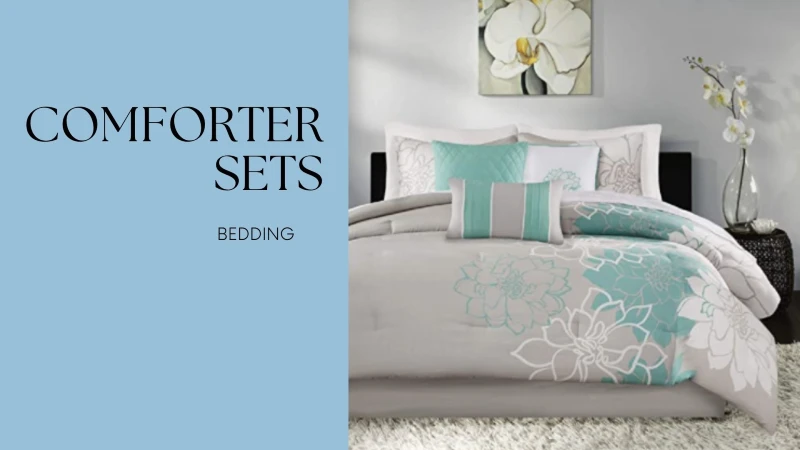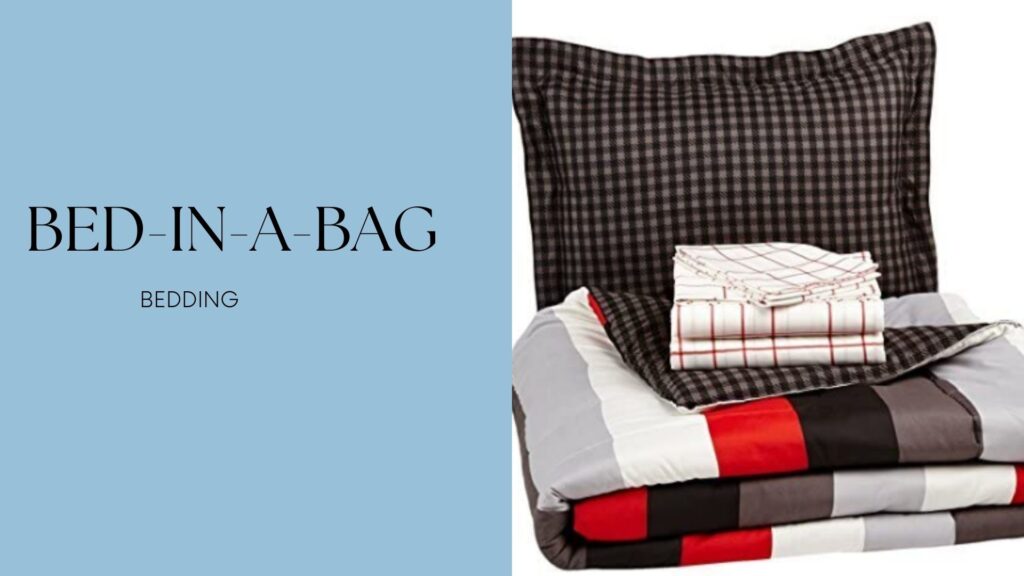Disclosure: This post may contain affiliate links, meaning we get a commission if you decide to make a purchase through our links, at no cost to you. Please read our disclosure for more info.
Human beings spend one-third of their lives sleeping, which means that most of their time indoors is spent in the bedroom. It’s a place where you spend quality hours relaxing, but, unfortunately, mold infestation in this area might jeopardize your welfare. This may not only damage your property, but it can give rise to some health hazards, too.
A mold is a fungus that can grow both indoors and outdoors. Molds thrive in moisture, and they can negatively impact air quality. They are mostly found in high humidity areas, like kitchens and bathrooms, but can also be found in bedrooms. One of the key reasons for bedroom molds is condensation and humidity.
Depending on various factors, like the insulation in your bedroom or its location (especially if it’s in the basement), molds can develop. They can also travel from outside and make their way inside your home through windows or your clothes, affecting your mattresses, clothes, carpets, and even plants. Also, they can grow easily in poorly ventilated corners.

In This Post:
Signs Of Mold Infestation In Your Bedroom
Sleeping in a bedroom with mold infestation is unsafe. However, most don’t realize that they have this kind of situation in their bedrooms because, first and foremost, they don’t know how to spot it.
Here are some signs of mold infestation in your bedroom:
1. Allergies
Many experience mold allergy symptoms, like coughing, sneezing, nasal congestion, runny nose, wheezing, difficulty in breathing, as well as itchy eyes and skin. In such cases, it’s important to address the issue in a timely manner and with the help of professionals as the molds reproduce very quickly and can spread extensively within a short time span.
2. Headaches
Headaches that get worse by the day and occur more frequently than usual could also be a sign of mold infestation in your bedroom.
3. Increased Asthma Attacks
Those with asthma are susceptible to increased asthma attacks due to bedroom mold.
4. Respiratory Issues
Difficulty in breathing and other respiratory issues can also be symptoms of mold infestation in your bedroom. People usually tend to rest in their bedrooms with such health issues, and if there’s an alarming amount of mold in the area, the symptoms may worsen.
5. Mold Odor
If there’s a persistent musty smell in your room, mold infestation is most likely the cause.

6. Mold Growth
Fuzzy-textured and black-, brown-, or gray-colored molds are easy to spot. Molds found in plant soil are grayish in color, while those found on wall papers could be pink or purple.
7. Mold In The Closet
Damp clothes folded and stored without a proper drying session often lead to mold growth. This is true even for out-of-season clothes that have been stored for long periods of time in damp or poorly ventilated closets.
8. Long-Term Moisture Stains
If there’s any water stains or discoloration on the walls, ceilings, and windows due to moisture, there’s likely to be a mold infestation as long-term moisture eventually leads to mold formation.
9. Water Leakage Or Flooding
If there’s been any water leakage or flooding in your bedroom in the recent past, there’s a chance that there’s mold formation.
10. Rusting Of Metal
Condensation often leads to rusting, so if there are rusting metal pipes in your room or bathroom attached to your room, mold growth or infestation could be possible.
11. Warping
Wood can warp if moisture is present. So, any warped wooden walls or furniture means that there is a mold problem.
How To Prevent Mold
Here are some preventive measures to keep your bedroom mold-free:
- Keep your bedroom well-ventilated to ensure proper air circulation.
- If you have an attached bathroom, keep the exhaust fan on after you shower for at least 15 minutes.
- If there are carpets in your room, ensure that they’re dry and that you clean them regularly using a vacuum cleaner.
- Good air circulation is important to prevent mold formation. Ideally, place the furniture slightly away from the walls.
- Regularly check on your plants for any mold as it grows very easily on plants.
- Have regular inspections of your bedroom for any water leakage or plumbing issues.
- Avoid using carpets if your bedroom is in the basement as poor ventilation in this area makes it more susceptible to mold infestation.
- You can add a mold inhibitor to the paint if you plan to repaint your room.
- Use a waterproof mattress cover to prevent mold formation.
- Improve the insulation in your bedroom.

Conclusion
Once you’re certain that there’s mold in your bedroom, immediately seek the services of experts so your bedroom can be examined and tested for mold the soonest possible time. The industrial hygienist will not only test the area for mold, but they will also determine the level of toxicity and the different areas affected.
After testing, a mold remediation company should be contacted to safely remove the mold. Don’t attempt to remove the mold by yourself as this could aggravate the situation.




![Tori Spelling's master bedroom[1]](https://domesticationsbedding.com/wp-content/uploads/2016/06/Tori-and-Deans-master-bedroom1-e1627046125159.jpg)